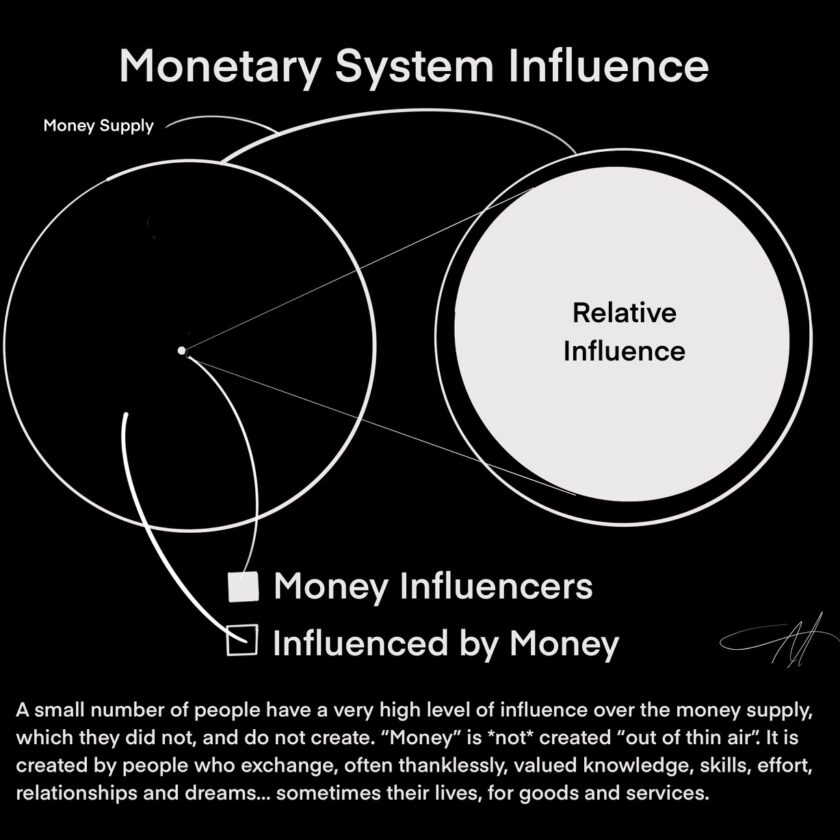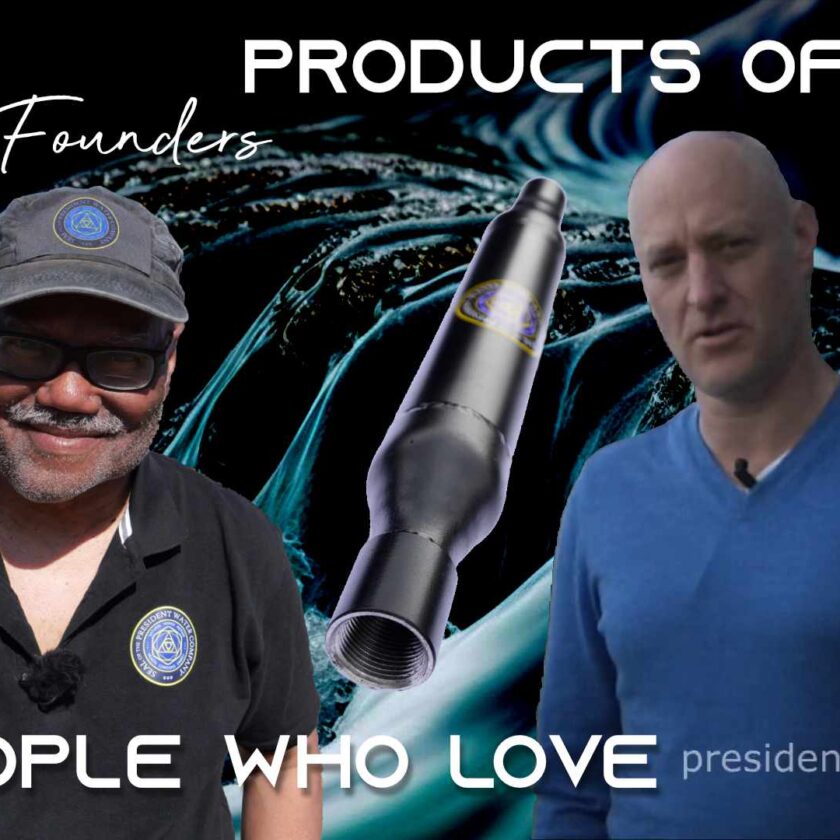As large and far-reaching as it is, the April 20 oil rig explosion in the Gulf of Mexico is but a microcosm of a larger tragedy that is playing out in front of our eyes, literally hiding in plain sight. And yet, if we wake up from our stupor and see the situation with fresh eyes and open minds, we have an opportunity to correct the hemorrhaging and restore health for hundreds of millions who may not call the Gulf home, but may be equally at risk.
Now a month into the quagmire, the devastation spreading with each passing second, BP Plc, dismisses advisories by the Environmental Protection Agency (EPA) to use less toxic chemical dispersants, claiming that Corexit “was the best and most appropriate choice at the time when the incident occurred, and that Corexit remains the best option for subsea application,” (See Wall Street Journal article.) in a May 20 letter to the EPA.
BP was instructed to provide the EPA with a list of alternatives, and if not used, reasons that they were declined. Corexit is on the list of approved dispersants, which again is part of the larger, yet unrecognized problem.
The problem is that toxic chemicals DO NOT and CANNOT remediate organic environments. Therefore, they WILL NOT work. In the case of the Gulf oil spill, they may make the environment look somewhat like it did before the explosion, but the result will be an ecological wasteland, unable to sustain life.
This is not only a problem in the Gulf. It is the same truth that applies to remediation of an entire encyclopedia of pathologies that humanity now labors to live under, while waiting for our “best and brightest” to come up with “cures.” This would be reason for hope, except that research and professional biases prefer to seek and approve chemical, i.e., pharmaceutical approaches, just like the EPA and BP Plc. As long as we play that game, humanity remains on a slippery slope to oblivion.
That being said, I’ll reiterate that chemical dispersants DO NOT truly REMEDIATE the environment in which they are deployed. Appearing to see where the current course is heading, the EPA is now petitioning BP to find less toxic alternatives to Corexit, but since they operate within the same mindset as the BP scientists, they aren’t mandating that the solution be non-toxic. It is very possible that they do not know such solutions even exist, right under our noses, and in plain sight.
Adding synthetic chemicals to the environment will only SLOW the ultimate and inevitable healing and restoration of the Gulf. Some of the articles written on the subject are even stating as such. The problem with this is that without human intervention (working with, instead of against Nature), this process will take generations, if not centuries to occur. If that happens, you can kiss the continued chance to count sustained health as one of your blessings, goodbye. In so doing, we’ll reaffirm a belief that we cannot heal this situation, our ourselves, when in truth, we can heal both.
Not only will the marine life be affected by the further toxification of the Gulf, humanity will be impacted too. I’m not simply talking about economic well being. I’m talking about health.
Corexit and other chemical-based dispersants leave the water in an unbalanced, even traumatized state. Whether you relate to, or dismiss this characterization of water, the salient point that we can agree on is that the water is unable to support the restoration and proliferation of the base of the food chain. These are the tiniest of creatures, but they make it possible for the largest examples of marine life, not only to live, but to be healthy.
This fact is easy to demonstrate. Take some water and pollute it, then divide into separate containers. Add a chemical based dispersant to one, add an organic solution to the other. Let them do their thing, then add microorganisms, such as phytoplankton. Do they live? or do they die? The one that supports life is the one to use because whatever happens to the phytoplankton, will happen to humanity. The choice is ours to make if we open our minds to the possibility.
We – humanity – cannot be healthy if we feed on chemicalized fish, assuming that they do live. Since neither the EPA, nor BP have looked for, or even seem to be aware that non-toxic solutions to this problems exist, they’ve not responded when one came knocking, in the form of Jerry Bakke, CEO of Organic Miracle, Inc., who has used an all-natural organic material, to literally raise land and water from the dead.
While he would rather remain behind the scenes, Mr. Bakke has talked with representatives from BP, who met him in New York City, where he explained how his product works (highly concentrated, a little will remediate a relatively large volume of water), and his manufacturing capacity to produce the millions of gallons of his product, called BBWG701 for breaking down and transforming the oil deposits in the Gulf.
Unlike other approaches we’ve seen, including separation technology supported by actor Kevin Kostner, the transformation aspect isn’t possible without a very specific form of microbial involvement. In other words, what are perhaps the world’s smallest citizens, called phytobacteria, are employed, with certain other natural materials to protect and support them, to consume the oil, turning into carbon dioxide.
The bioremediation process employed by Organic Miracle utilizes beneficial microbes, surfactants, micronutrients and bio-stimulants to decompose contaminates, transforming them into harmless byproducts, i.e. water and carbon dioxide.
Mr. Bakke has seen his product make ponds, wells, toxic landfills, and other locations safe so many times that he knows he’s on to something that can help the Gulf. Nalco Holding, manufacturer of Corexit, has never before applied their product on this large a scale. This should have been reason for more caution in applying it so widely.
On the other hand, lack of use on this scale cannot and should not be held against Organic Miracle, whose product is not toxic at all. Indeed, it should be reason to take a closer look at it before going “toxic.” But then, that’s part of our larger problem. We have to better understand how Nature works, and learn to trust it before we’ll reap the benefits of her gifts.
The good news is, that we’ve got a chance to wake up to new truths and real solutions whose implications can profoundly turn things around.


![53905447[1] 53905447[1]](https://phaelosopher.files.wordpress.com/2010/05/539054471.jpg)


